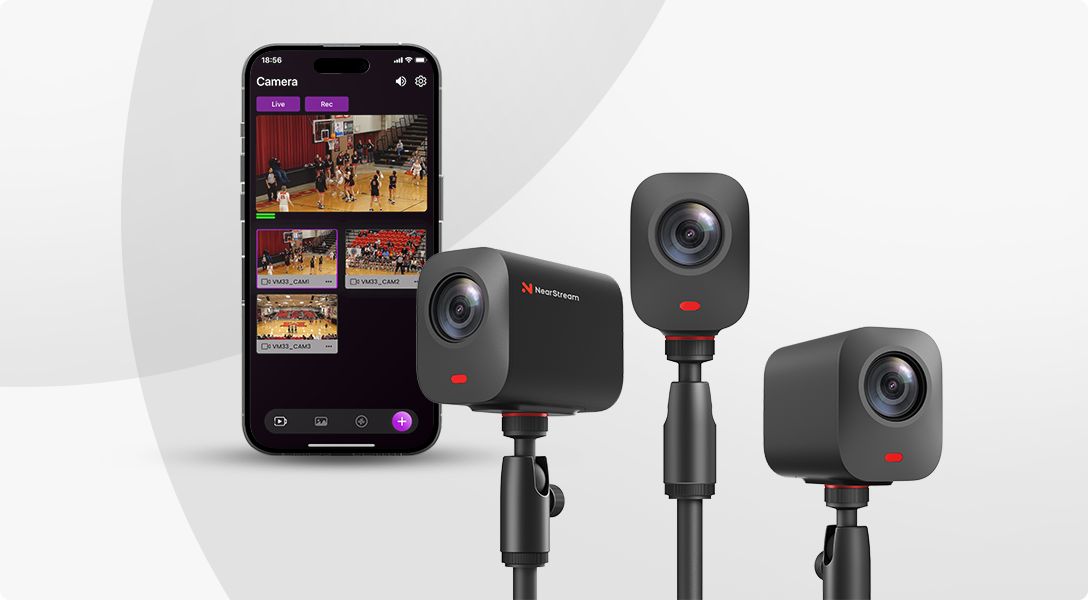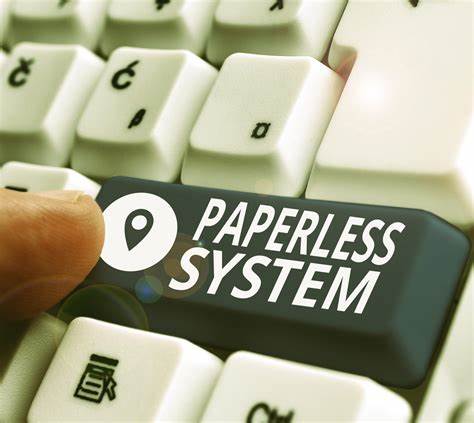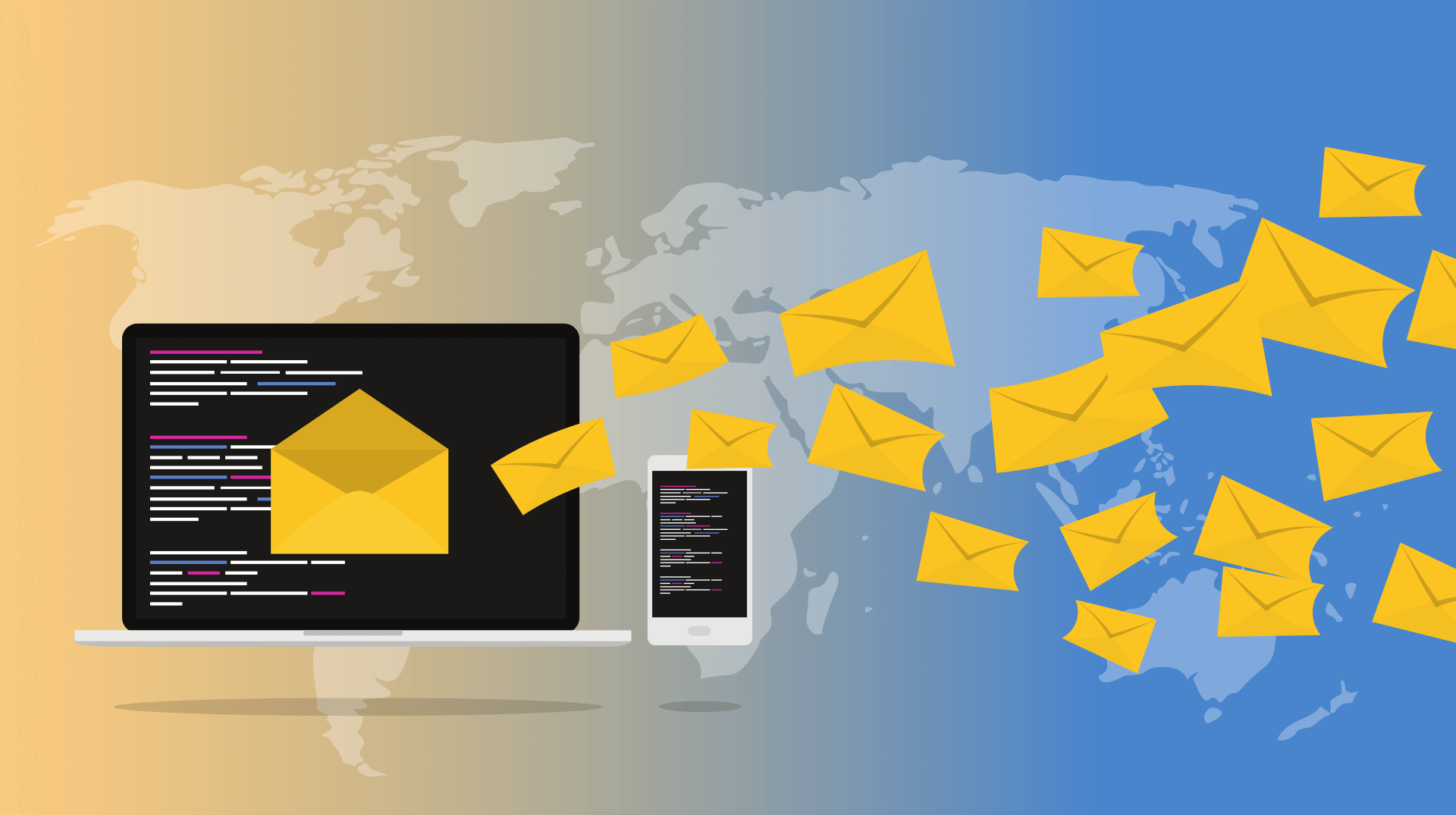Understanding the basics of event planning is essential for orchestrating successful gatherings. Event planning is the art, and sometimes the science, of conceptualizing, organizing, coordinating, and executing events. When large-scale, significant events need to run smoothly, event planning services or coordinators become indispensable.

The purposes of event planning:
- Social events: weddings, birthdays, anniversaries, parties, etc.
- Corporate events: workshops, seminars, conferences, product launches, award ceremonies, dinners, etc.
- Major promotional events: marketing campaigns, product launches, fashion shows, etc.
- Cultural and artistic events: art and cultural celebrations, exhibitions, music festivals, etc.
The primary responsibilities of an event planner:
- Initially, consult with your clients appropriately before the event to understand their needs, objectives, and preferences.
- Depending on the type of event, whether corporate or social, you’ll need to assemble a team.
- Prepare a budget to ensure the overall cost of the event stays within the client’s financial constraints. If necessary, undertake fundraising activities.
- Select a venue that matches the scale and theme of the event. Arrange decorations, entertainment, and food for the event.
- Send invitations to potential attendees. Plan transportation for attendees to and from the event and arrange any other necessary accommodations.
- Coordinate the activities of event personnel, such as catering staff or performers. Ensure they are all in sync with the timeline.

Some tips for saving on event planning expenses:
1. Keep an open mind about planning.
Just because a conference has traditionally been held at a particular hotel on a specific date doesn’t mean it’s set in stone. Moreover, in the new event landscape, competition for space is fiercer. Use venue procurement tools to easily view affordable venues, become more flexible, and adjust event dates to further reduce costs.
Also, consider the event schedule. For example, you can start the meeting in the afternoon, thus eliminating breakfast and lunch from the budget.
2. Find your suppliers early.
Once the venue is booked, immediately look for suppliers and vendors. Contact suppliers early to ensure everything you need for the event date is available. Last-minute panic situations that require suppliers to adjust their schedules to meet your needs can lead to additional costs.
Also, arrange a kickoff meeting with all relevant suppliers and vendors to ensure planning is orderly and there is no duplication of work. Hold follow-up teleconferences regularly before the event.
3. Save energy consumption as much as possible.
Purchase stages and multifunctional lighting components that can be arranged in various ways to create a unique feel for each event. Additionally, produce graphics that can be reused for annual events.
Save on electricity and Wi-Fi. Choose the latest battery-powered lighting and energy-efficient audio systems. Work with your hotel, conference center, or A/V provider to ask about ways to save costs.

4. Choose the most cost-effective equipment according to the budget.
As an event planner, the most important thing is to meet the needs of the event organizers. There is considerable flexibility in the specific implementation methods under the same presentation effect. Among them, in the selection of electronic equipment such as cameras, microphones, sound systems, and display screens, choosing products with better cost performance can save a lot of event funds. Especially multifunctional all-in-one devices, which save the cost of renting professional equipment and reduce transportation, maintenance costs, and technical difficulty of operation.

5. Make good use of sponsorships and partnerships.
Combining sponsorships and partnerships is another effective way to make events more cost-effective. Consider creating attractive sponsorship packages that provide value to sponsors and involve them in event planning and execution to increase support and exposure.
Importantly, view sponsorships and partnerships as a collaborative effort to find a mutually beneficial arrangement that provides value to all parties involved. If done well, sponsorships and partnerships can save costs and improve the overall quality of the event.
6. Go paperless.
Mobile applications (especially those that can be reused for future events) are a way to share event schedules and information while saving on printing costs. Registration and follow-up surveys should be conducted online to save on mailing costs.
For larger items, consider replacing banners and posters with digital signage - this will also help save last-minute changes if speakers need to be replaced or rooms adjusted.

Cost-saving digital event planning solutions:
Event registration software: Specialized software platforms and event check-in applications that simplify attendee registration, ticketing processes, and on-site event badge printing.
Event marketing technology: Comprehensive digital marketing tools that facilitate event promotion, audience targeting, and communication strategies to increase event visibility.
Social media automation tools: Applications that leverage the power of social media platforms for event promotion, audience engagement, and real-time interaction with attendees.
Audience engagement tools: Innovative solutions designed to enhance attendee engagement through gamification, interactive sessions, and audience voting.
Virtual event platforms: Virtual event technologies that seamlessly host online events, exhibitions, and webinars, with interactive features and social opportunities.
Streaming services: Technologies that facilitate live streaming of events and on-demand access to content for remote participants, expanding the event’s reach and accessibility.
AI chatbots: Artificial intelligence-driven messaging tools that provide instant responses to attendee inquiries, assist with event navigation, and offer personalized recommendations.

Essential Strategies for Budget-Friendly Digital Event Planning:
1. Personalize event messages using email marketing tools.
Event marketers know that a marketing strategy is about bringing value to participants and meeting their needs with useful products, services, and information. You can decide on creative new ways to reach attendees, grab their attention, and tailor your event to their specific interests.
Email marketing tools (such as MailChimp, HubSpot, and Constant Contact) are ideal for personalized communication with attendees. Start by acknowledging the audience’s pain points in your event marketing emails and attracting them to topics they are interested in. This way, you are more likely to grab their attention and persuade them to attend your event.

2. Simplify registration using event registration software.
The registration process is everything. An effective strategy is to automate tasks such as registration, ticketing, and check-in to save on personnel costs. By implementing self-service kiosks or mobile applications, attendees can register and check in on their own, reducing the need for additional staff.
At this stage, they will also browse your event website and social media pages to learn all about your event. In this process, you can also link brand websites, social media, and other information to the registration process, allowing the event information to be more fully presented. Additionally, this registration reporting method also reduces the difficulty of headcount statistics, improving event planning efficiency.
3. Use event charting software to design floor plans.
Event charting software makes event space design simple, allowing your team to visually see where trade show booths and exhibits should be placed, where furniture and registration tables should be arranged, where buffet tables and banquet tables should be placed for optimal traffic flow, and more.
Event charting software allows your team to fully and detailedly understand how your event will handle seating, floor plans, traffic flow, lighting, wiring, furniture, decorations, and other room elements. Many planners choose drag-and-drop charts, but you can also use 3D walkthrough software and interactive seating software to better understand how your space design plans will work.
4. Enhance security with facial recognition software.
Facial recognition technology is one of the newer technologies in the industry, especially in terms of improving event security and speeding up event registration. After attendees agree to facial recognition, they can scan their faces to enter the event.
The machine can now recognize their features, allowing them to enter and exit the venue faster. Many attendees are already familiar with artificial intelligence technology, especially those who use facial recognition systems to access their smartphones. AI systems can simplify key attendee touchpoints, collect important information to improve future events, speed up check-in, and enhance security.
5. Use gamification to increase attendee engagement.
Gamification is about using gameplay to create fun, immersive experiences for attendees while bringing potential customers and booth visits to exhibitors. Digital quizzes, polls, treasure hunts, and trivia games are just a few examples of interactive games that you can use to create excitement and audience engagement at your event.
Attendees will not only enjoy playing these games, but you can also collect important information at the same time. They will provide you with their information so that you can start building relationships with them. Integrate games into your event theme to create a cohesive experience.

Conclusion:
In conclusion, event planning is a multifaceted discipline that involves the careful orchestration of various elements to create successful social, corporate, promotional, and cultural events. To optimize expenses, planners should embrace flexibility, secure suppliers early, conserve energy, select cost-effective equipment, and leverage digital tools to minimize costs. Ultimately, effective event planning requires a balance between meeting client objectives and managing resources efficiently.
The NearStream VM33 is an all-in-one wireless live streaming multicam with an optical lens, perfect for streamers seeking a second camera or for recording entire church, wedding, sports, conference, online meetings or any live events.






















